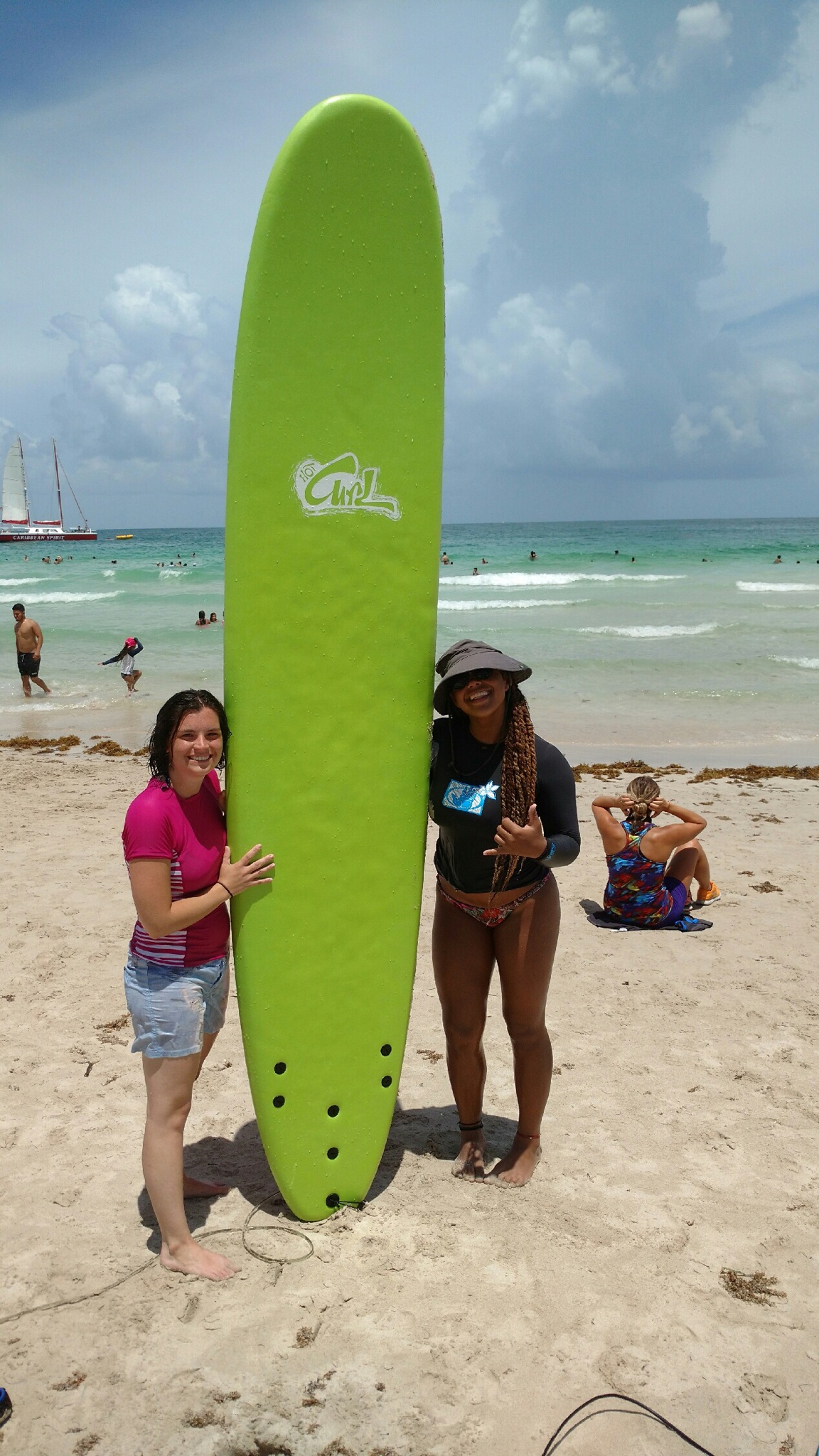
- #Are family surf camps safe how to#
- #Are family surf camps safe plus#
- #Are family surf camps safe professional#
The camp also has safety induction talks about being safe in the water and sun.

#Are family surf camps safe professional#
#Are family surf camps safe plus#
The maximum group size for our surf lessons is eight surfers per one instructor plus one surf assistant if required. They have a good understanding of the wave conditions and local surf spots and are always ready to lend you a helping hand. We use ‘foamies’ for our surf lessons which are great for beginners to catch the most waves.Īll our surf instructors are qualified, fully licensed in the country they teach surfing in and have a lifeguarding qualification.
#Are family surf camps safe how to#
This includes 5x 2 hours practical surf lessons on the beach as well as 2 hours of surf theory in the surf camp, teaching you about water safety, rip currents and the intricacies of different types of waves breaks.ĭuring your weeks’ surf course, our surf instructors teach you the essentials of surfing such as how to paddle into waves, catching waves, standing up and controlling your surfboard. When learning to surf with us in one of our surf camps, per week, our surf camp guests receive 12 hours of surf lessons. Most other surfers will be happy to help out. – Don’t be afraid to raise your hand and shout for help.

– If you can, paddle parallel to the shore until free of the rip and then head for shore. – Use the breaking wave to help you get towards the shore, or out of the rip.

– Don’t try to swim against it or you’ll get exhausted. If you do find yourself caught in a rip current the first thing is to not panic and then try and follow these points: This also helps you to be spotted more easily, should something go wrong. The best way to avoid rips as a beginner is to choose a lifeguarded beach and always surf between the black and white flags, which have been marked based on where it is safer to surf in the current conditions. They will show you how you can identify and avoid rips on a specific beach. Even the most experienced surfers can be caught out by rips, so don’t be afraid to ask lifeguards for advice. Rip currents can be difficult to spot, but are sometimes identified by a channel of churning, choppy water on the sea’s surface. They tend to flow at 1–2mph but can reach 4–5mph, rips are especially powerful in larger surf, but don’t underestimate the power of a rip in any size surf. Rips are strong currents running out to sea, which can quickly drag people away from the shallows and out to deeper water. It has happened to us all, but by knowing just a few basic bits of information it’s not something you need to worry about. When you become more advanced you can use them to your advantage to get you “out back” quicker, but as a beginner it can be a really scary situation if you don’t know what is going on or what to do to fix it.

When surfing you will inevitably encounter rip currents.


 0 kommentar(er)
0 kommentar(er)
